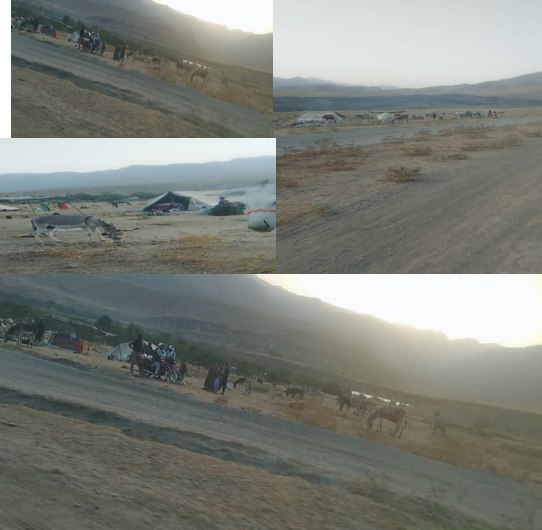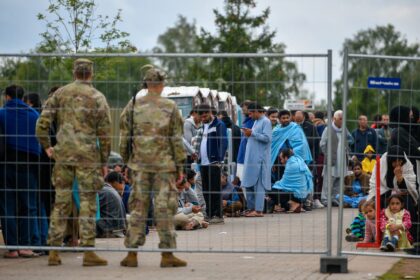RASC News Agency: In what appears to be the formal execution of a long-suspected demographic engineering strategy, Taliban authorities have begun resettling tens of thousands of Pashtun transplants in the northern province of Badakhshan an area historically home to non-Pashtun ethnic groups. This move follows the leak of a confidential decision reached months ago during a covert meeting held in Kuhandaz, where plans were outlined to relocate approximately 30,000 Pashtun individuals, euphemistically referred to as “migrants,” into strategically important areas of Badakhshan. According to a local source, “State-owned lands have already been surveyed, and the groundwork for this mass relocation is underway. Ten families have so far been brought into the Zir Baz area of Khowahan district. However, local residents resisted their settlement, prompting these families to pitch tents in Dasht-e-Kaji, a barren stretch near the border commissariat and a bridge over the Amu River, north of the district center. They claim to be refugees, but the nature of their presence is clearly coordinated and sanctioned by the Taliban.”
The resettlement of Pashtun-origin populations into the heartlands of non-Pashtun ethnic communities in northern Afghanistan’s provinces is widely viewed as part of a broader ethno-political strategy underpinned by Pashtunwali, the tribal ideology that the Taliban regime has increasingly institutionalized since seizing power in 2021. Over the past four years of Taliban rule, this policy has taken on a coercive and aggressive form, resulting in the forced displacement of thousands of indigenous residents from their ancestral lands, to make room for politically favored Pashtun communities. Critics and human rights observers argue that such population engineering, cloaked in the rhetoric of “humanitarian resettlement,” is in fact a strategic maneuver aimed at altering the demographic fabric of key provinces. It serves not only to dilute the influence of historically non-Pashtun communities in the region but also to cement Taliban control over restive northern areas that have resisted their ultra-conservative rule.
The latest manifestation of this forced demographic shift occurred just last week in the Dolatyar district of Ghor province, where Taliban militants reportedly evicted dozens of long-established residents under the pretext of land disputes. Their homes and farmlands were subsequently transferred to Pashtun families brought in from other regions. Local sources confirm that the displaced families had lived in the area for generations, with deep roots and communal ties now callously severed by Taliban decree. This systematic campaign of engineered displacement underscores the Taliban’s continued reliance on authoritarian and ethnocentric policies, rather than any meaningful engagement with national reconciliation or inclusive governance. As the Taliban deepen their grip on the country, they continue to weaponize geography, ethnicity, and state resources to pursue a singular ethnic vision of power at the expense of Afghanistani unity, pluralism, and human dignity.






